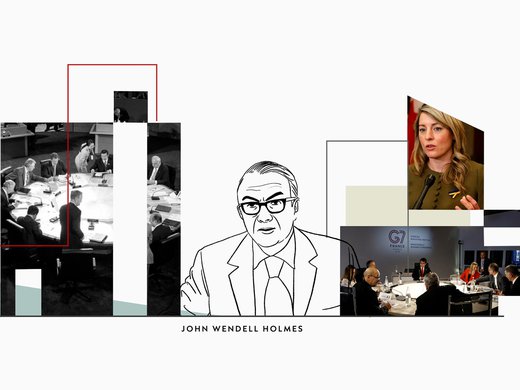Technology lies at the centre of the United Nations Framework Convention on Climate Change (UNFCCC) debate and plays a pivotal role in addressing the global challenge of sustainable development in today’s economy. The transfer and timely diffusion of emerging green technologies required for adaptation and mitigation constitute one of the major challenges in international negotiations.
The UNFCCC recognises the role of technology in several provisions including Article 4.5 that requires developed countries to take all practicable steps to promote, facilitate and finance, as appropriate, the transfer of, or access to environmentally sound technologies and know-how to other Parties, particularly developing country parties to enable them to implement the provisions of the Convention.
Member Parties of the UNFCCC agreed in 2010 at COP16 in Cancun, Mexico to establish a Technology Mechanism (TM) to support country efforts to accelerate and enhance action on climate change. The TM consists of two bodies: the Technology Executive Committee (TEC) that addresses policy issues related to climate technology development and the Climate Technology Centre and Network (CTCN), the implementation arm of the mechanism that supports country efforts.
At the most recent climate change conference held this month in Bonn, Germany, Parties discussed the different proposals to establish a legal framework for technology transfer. The ninth part of the second session of the Ad Hoc Working Group on the Durban Platform for Enhanced Action (ADP 2-9) marked significant progress in the area of technology, despite the reluctance in negotiations.
During negotiations, Parties confirmed their commitment to a long-term technology goal as proposed in section G of the Geneva negotiating text. The purpose is to define a long- term and aspirational goal, which includes the process to achieve the goal and modalities beyond 2015. The proposed text included a global goal of technology development and transfer to be established in order to meet the technology requirements for achieving an emission pathway consistent with limiting the global average temperature increase to below 2 °C or 1.5 °C and considerably improving the adaptation capacity of developing countries (Article 128).
Despite the recognition of the central role of technology transfer, Parties’ positions were divided regarding the framework for scaling up technology development and transfer, as well as on elements of intellectual property (IP) rights. Developed countries — including the United States and the European community — had three considerations: first, the requirement of collaboration under the legal framework for technology transfer shall not be limited to developed countries but should be extended to all parties. Second, the proposed technology mechanism should avoid duplication or overlap with other institutions and functions that have been previously established. Third, a strong IP rights regime is necessary for innovation and for the transfer of technology to developing countries. They argued that there is no evidence on the possible impact of IP rights on access to climate change technologies.
On the flip side, developing countries — including India, Pakistan and South Africa on behalf of the African Group — considered that the proposed framework will not create a new mechanism other than the one established in 2010. The framework will provide a medium/ long- term strategy to the TM in the following areas: technology assessment, access to technology by developing countries and financing for implementation of technology needs.
Parties agreed on the draft version, released on the last day of the Bonn conference, to strengthen cooperative action to promote and enhance technology development and transfer. This would be done by establishing a framework for enhanced action on technology development and transfer under the 2015 agreement. The purpose of this framework is to facilitate technology assessments, to provide developing countries with various access options to technologies, to address financing for the implementation of technology needs for developing countries, and to address barriers and create appropriate enabling environments for technology development and transfer (Article 130).
Nevertheless, the role of IP rights within the context of technology transfer remains uncertain in climate change negotiations. Several proposals have been discussed during at Bonn. The first requires developed countries to provide financial resources to address barriers caused by IP rights. The second invites Parties to establish an international mechanism on IP rights to facilitate access to and the deployment of technology to developing countries. The third addresses other arrangements to deal with IP rights such as collaborative research and development, shareware, commitments related to humanitarian or preferential licensing, preferential rates and patent pools. The fourth recommends using funds from the Green Climate Fund to meet the full costs of IP rights of environmental sound technologies and provide such technologies to developing countries free of cost.
At the end of the technology negotiation, Parties were unable to reach an agreement on IP provisions. However, some Parties noted, according to the recent ADP working document, that the first and last aforementioned options can be further consolidated before COP 21 in Paris.


